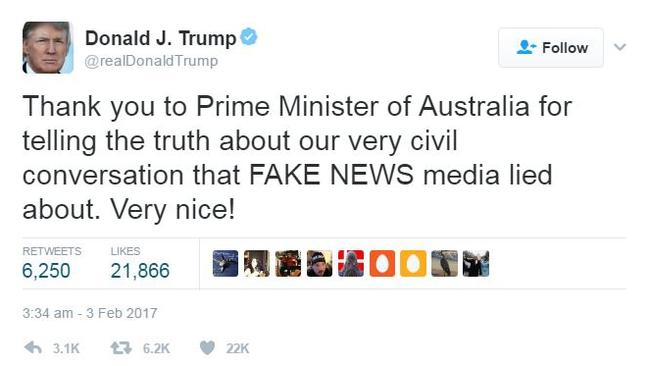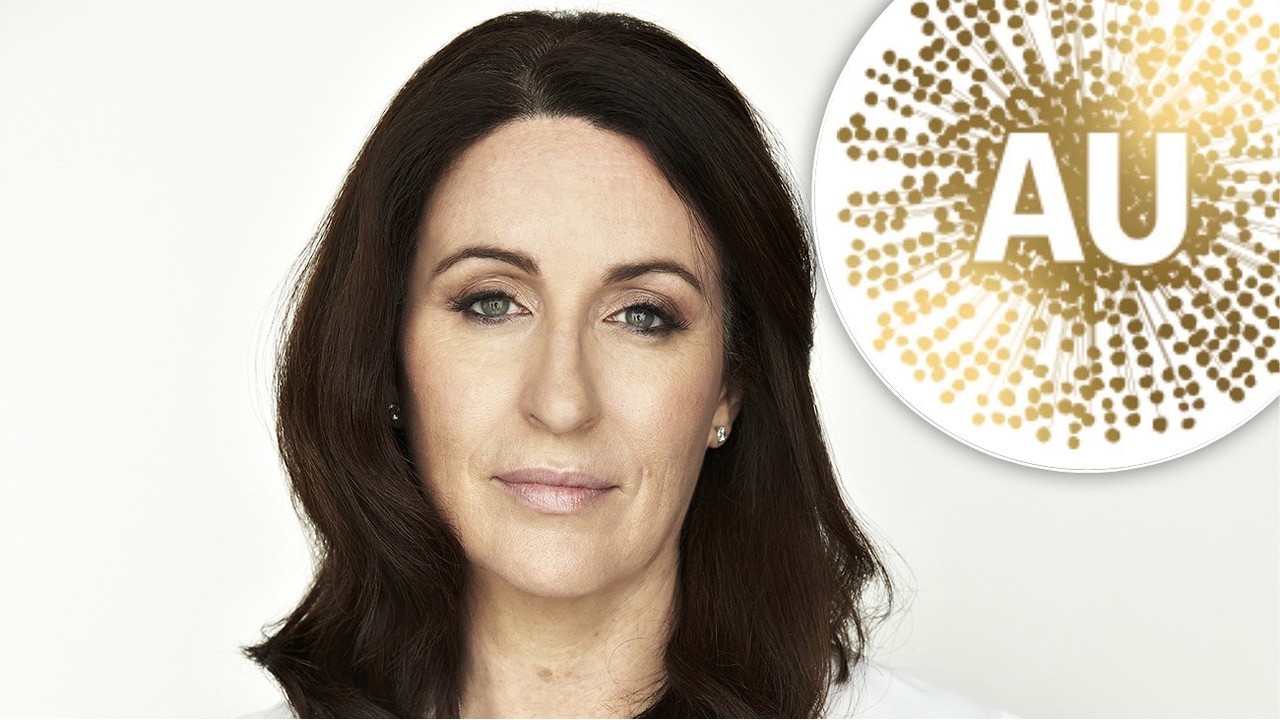Karen Brooks: ‘Fake news’ — How did it come to this?
The truth is struggling under the weight of “fake news” and “alternate facts”, while the reputations of trusted institutions are panned, writes Karen Brooks.

Rendezview
Don't miss out on the headlines from Rendezview. Followed categories will be added to My News.
While the notion of “fake news” has been around for a while, it has now become a term used to discredit substantiated news reports from credible outlets, made synonymous with “leftist” doctrine, and is readily deployed to reject and malign something people disagree with.
In other words, “fake news” — defined by the fact-checking project Politifact as fabricated content designed to fool readers and become clickbait (thus earning money for the sites responsible) — has been turned into a political and even a public weapon, trashing an important social institution — journalism — in the process.
If this brandishing of the “fake news” slogan didn’t have such serious ramifications it might be amusing. But because it has, it’s not in the least bit funny.
It’s one thing to call out Macedonian teenagers who were credited with spreading actual fake news during the US election (that is, it was wholly fabricated), just as it’s fine to be sceptical about what you read and seek verification and alternate sources. But it is quite another to decry as “fake” anything that disrupts your world view, calls politicians you may support to account for being misleading or worse, or that is simply outside a person’s comfort zone.
So, when someone who is now the President of the United States declares “war” upon and loudly trashes any media outlet which writes unfavourably about him — labelling them “dishonest” and using the word “fake” to vilify them — the problem is magnified. And it has been further magnified by Donald Trump’s appointment of Stephen ‘Steve’ Bannon, the former CEO of the alt-right news outlet Breitbart, as his Chief Strategist. Bannon, who has compared himself to Thomas Cromwell and Darth Vader, and declared “darkness is good”, has told the media they have “no authority” and to shut up.

When legitimate, researched and verifiable news reports (even citing an unnamed — protected — source) are undermined and dismissed as “fake”, the implication is the institution as a whole or the organisation (if not individual) involved is somehow corrupt.
What follows is that, over time, public trust is eroded. Distrust combined with unhealthy and constant cynicism — and not just towards the free press because other institutions are also being targeted in this way — becomes the default position.
What is at risk?
Michael Idov writing in the New York Magazine about Putin’s Moscow, says “once you lose faith in one institution, you start to lose faith in them all.” Then faith in each other is lost as well.
Idov argues, “Russian life, I soon found out, was marked less by fear than by cynicism: the all-pervasive idea that no institution is to be trusted, because no institution is bigger than the avarice of the person in charge”. And he warns: “To live a privileged life in the West also means to engage in daily hypocrisy and selective blindness, no matter who’s in charge. It means not thinking too hard about the kind of regimes our elected representatives prop up, the kinds of deals they strike, and the kind of strikes they deal.”
He talks about ethical compromises of the kind we all make — turning a blind eye — to maintain our lifestyles or keep our myopic bubbles intact. And by doing so we become complicit.
Once everything and everyone is declared and eventually believed to be corrupt (whether it is our democratic institutions, our health and education systems, our police, the media), we not only feel powerless, afraid and disenchanted, but a culture in which conspiracies thrive is created. Thus, we believe the “swamp” need draining, even if the person baying for that is a product of and has enriched himself in the very same mire.
How did it come to this?
Academic and author, Neil Postman’s 1985 book, Amusing Ourselves to Death, is filled with prophetic insights about global society.
He argued that, instead of becoming George Orwell’s dystopia as described in 1984, we’d become Aldous Huxley’s Brave New World — conditioned to accept news as entertainment and entertainment as news, with leaders especially (but not exclusively) judged on the impressions they give and our emotional responses to these, rather than their capability.
Describing politics as being like show business, Postman warned: “What Orwell feared were those who would ban books. What Huxley feared was there would be no reason to ban a book, for there would be no one who wanted to read one. Orwell feared that the truth would be concealed from us. Huxley feared the truth would be drowned in a sea of irrelevance.
Perhaps Orwell and Huxley were both right. After all, it seems politics, certainly in the US, is being played out more and more like a reality TV show. And the truth is fighting for oxygen under the welter of “fake news” claims and the delivery of “alternate facts”, while the reputations of erstwhile trusted figures and institutions are relentlessly panned.
Dr Karen Brooks is a honorary senior research fellow at the University of Queensland
brookssk@bigpond.com


